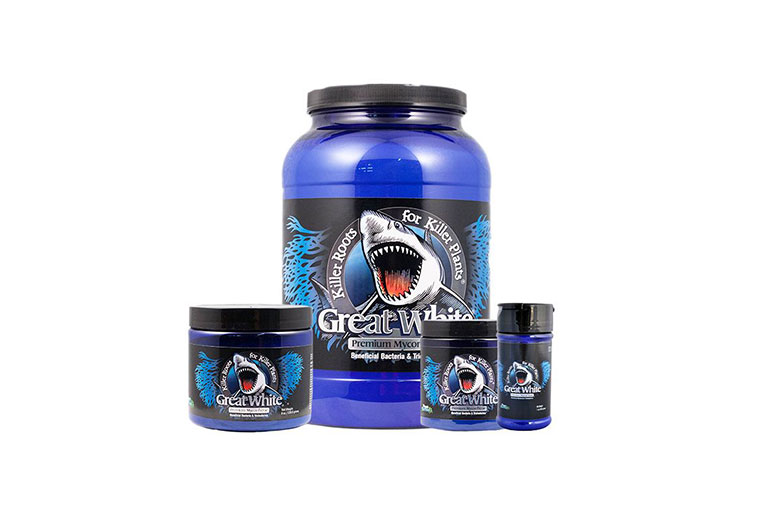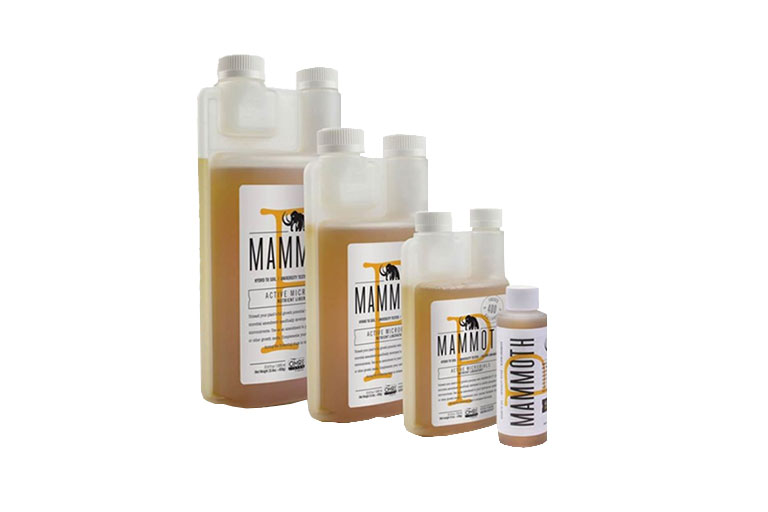Getting The Best From Mycorrhizae
What is Mycorrhizae?
Beneficial soil organisms in organic materials, like soil and coco, are at the fore of plant growth and nutrition. More gardeners are realising the benefits of using naturally occurring beneficial ‘fungi’ and ‘bacteria’ to help plants fight diseases. Mycorrhizae is one of these fungi.
Mycorrhizal fungi has been around, interfacing with plant’s for over a million years. It lives underground, which means it can’t photosynthesise. They need plants to feed on sugars and fats that they excrete as by-products from their roots. Mycorrhizae form massive mycelial networks to access water and nutrients that plants wouldn’t be able to access on their own. This symbiotic relationship works as the plants receive nutrients and water in exchange for carbon-rich waste. This comes via the plant’s roots, produced from CO2 pulled from the atmosphere during photosynthesis.
Mycorrhizae’s naturally evolved symbiotic relationship with plants benefits both parties. It works as nature’s plant/soil interface. It helps plants to markedly increase their root area and efficiency at taking up water and nutrients. The result is larger, stronger plants with overall increased yields.
The below image shows the mycelium network formed by Mycorrhizae, as part of the soil microbiome.
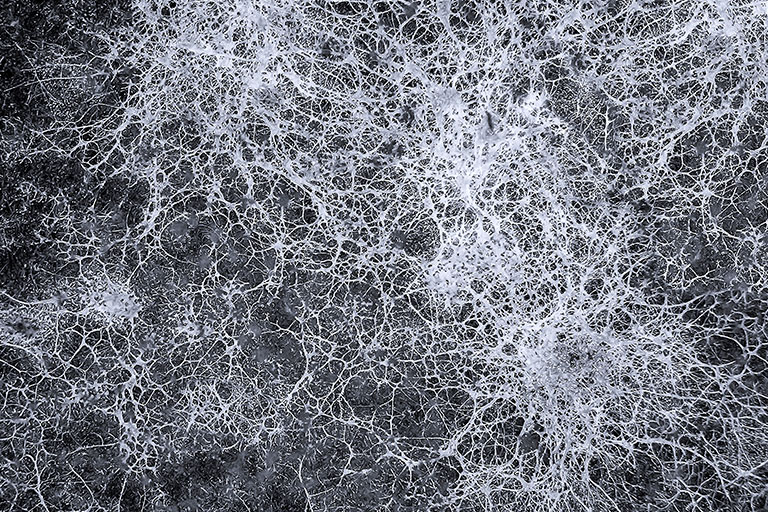
Mycorrhizae assists in stressful situations, helping your plants to cope better. Plants rely on mycorrhizae for survival in the wild.
What Are The Different Types Of Beneficial Mycorrhizae?
Ectomycorrhiza and Endomycorrhizae are the two main types of mycorrhizal beneficial fungi.
Ectomycorrhiza are found mainly around tree roots.
Endomycorrhiza is the mycorrhizae fungus of most use to domestic gardeners, and most plant species. This symbiotic mycorrhizae’s structure mainly lies within the host plant. It grows between cell walls and root membranes, invasively occupying the root system. The fungi’s mycelium network works to dramatically increase the root’s surface area in a hugely beneficial relationship. The mycorrhizae, fungal hyphae, passes water and nutrients to the plant in exchange for carbohydrates.
Most mineral soils contain Mycorrhizal fungi. However, it is often present in levels too low to allow colonisation of roots. This is especially true with indoor growing. This is where you need to inoculate the media with a granular mycorrhizal fungal additive, like Great White Shark. Alternatively, you can add beneficial root builders to the planting hole.
Media, such as coco coir and those with a base of peat moss or bark, won’t contain mycorrhizae. Instead, you must incorporate it.
How Do Mycorrhizae Work?
The symbiosis between mycorrhizal fungi and plants start when fungal spores sprout and form thread-like hyphae. In the case of Endomycorrhiza, the hyphae penetrate the roots. Both the mycorrhizae and plant benefit from the relationship. The hyphae then extend out into the medium, creating a web called mycelium.
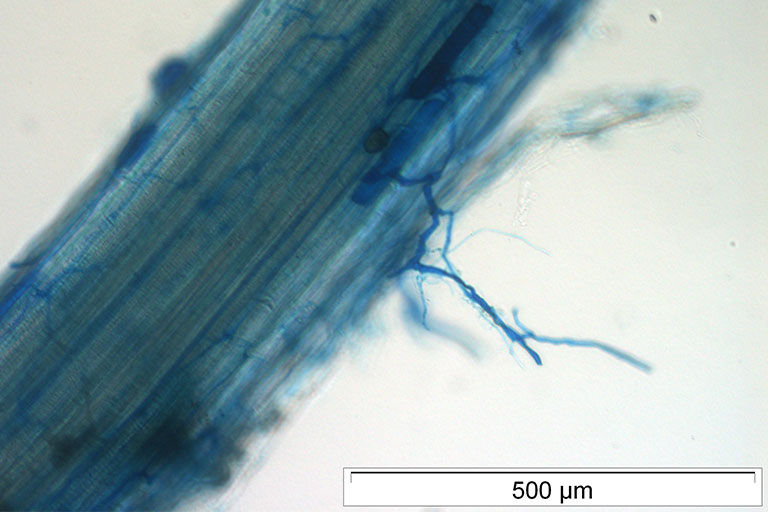
Above all, the mycelium increases the root’s mass and capacity for absorption by hundreds of times. The hyphae are much smaller and finer than a plant’s roots. They can squeeze their way around obstructions to reach every bit of soil, unlike a plant’s roots. This makes the hyphae emphatically more effective at collecting nutrients for the plants.
The mycelium of a single mycorrhiza form extensive networks, connecting with other plants of different species. Mycorrhizal networks create a hybrid underground system to benefit itself and surrounding plants. Plants use mycelial networks to “talk” to each other. They also use it to transport sugar supplies to different plants within the network, as and when needed.
Networks can be enormous, with one plant being connected to another species halfway across a forest. Mycelium can be made of hundreds of miles of hyphae, all compacted into a tiny area. There can be as much as 200 km of hyphae in every kilogram of soil!! Hyphae are so small that you do not usually see them. Occasionally, the mycorrhizae reproduce and send fruiting bodies to the surface, producing mushrooms!
The plant provides the mycorrhizae with sugar through transporting it to the roots. These fungi are unable to photosynthesize and must rely on the plant’s sugars, as they live underground.. The plant, in return, gains greater access to nutrients through the mycorrhizae and its mycelium. The mycelium is like a giant sponge attached to the plant’s roots that can soak up more water and nutrients.
What are the Benefits of Mycorrhizae?
As shown above, there are many benefits to using mycorrhizae. They include improved root growth, plant health, increased flowering, fruiting, and also yield. Mycorrhizae also reduce fertiliser use and help plants resist salt toxicity. They also help to delayed wilting, and benefit you with a reduced risk of root disease and plant mineral deficiencies. Mycorrhizae is entirely organic, and you can use it generously every time you re-pot. It can help your plants tolerate occasional extremes of moisture and temperature, where they would otherwise struggle to cope.
Mycorrhizae is usually sold commercially in powder or liquid. It is a versatile and easy-to-use product that can be applied throughout your growth cycle. Use its advantages of it for rooting cuttings. It is also perfect as a top feed when growing in soil or coco growing mediums. You can also use it in coco and soil growing mediums and hydroponic growing systems, including DWC and aeroponics.
Mycorrhizae Top Tips
Use It Early
Start using mycorrhizae as early as possible, as the fungi spores take a few weeks to establish themselves. Applying it early also means that you will have to use less to ensure your plants’ colonisation. It also means that you will see the benefits quicker and have hardier, healthier plants in the long term. It is thought that using mycorrhizae with your seeds can even improve the germination rate!
Get Conditions Right
Mycorrhizae fungi thrive best when there is an even air to water ratio. Depending on the species of mycorrhizae, the perfect pH ranges between 5.5-7.5. Temperature-wise, mycorrhizae perform best are between 68-73F.
Choose Carefully
When purchasing mycorrhizae, look out for one made from a blend of varying species. Some species can tolerate more alkaline or acidic conditions. This makes for a healthy mycorrhizae mix that suits and works well in varying pH conditions.
Mycorrhizae is ideal for the indoor grower. It fits perfectly into the growing cycle, giving you an advantage at every stage. You can use mycorrhizae alongside your regular feeding regime, whether you are using organic or non-organic products.
Organic Feeding
Suppose organic sounds like the way to grow for you. In that case, an extensive range of complete organic feed ranges is available. Organic can offer your plants all they need from seed to harvest, the natural way.
Organic Additives
There are many organic additives, like mycorrhizae, microbes and beneficial bacteria. Use them to “boost” your plants’ health and development.
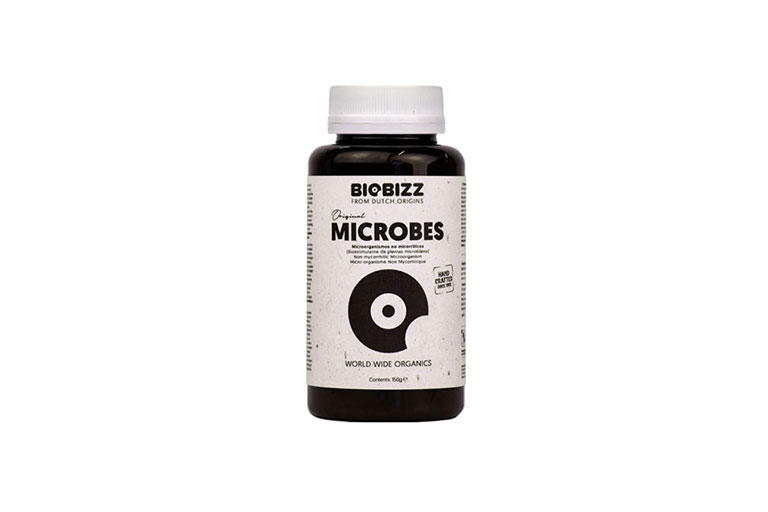
Organic Root Booster
Healthy roots mean healthy plants. This mixture contains humic and fulvic acids and liquid seaweed. You can use it in Cocoa, Soil, hydro or aeroponic systems.
Organic PK Booster
Concentrated levels of phosphorous and potassium manage your plant energy during the mid-late flowering period.
This booster comprises organically derived nutrients combined to produce resilient, healthy results.
Microbe Granules/ Microbe Tea
Buying microbe granules and tea’s offers you a precise mix and blend of different types of beneficial bacteria. These natural microorganisms, enzymes, and beneficial fungi are an organic super-additive. Use them throughout the plant’s growth lifecycle.
Using beneficial bacteria can increase germination speed to help develop young plants in the Vegetative phase. It can help to eliminate transplant shock and also improves the uptake of essential nutrients and your final yield.
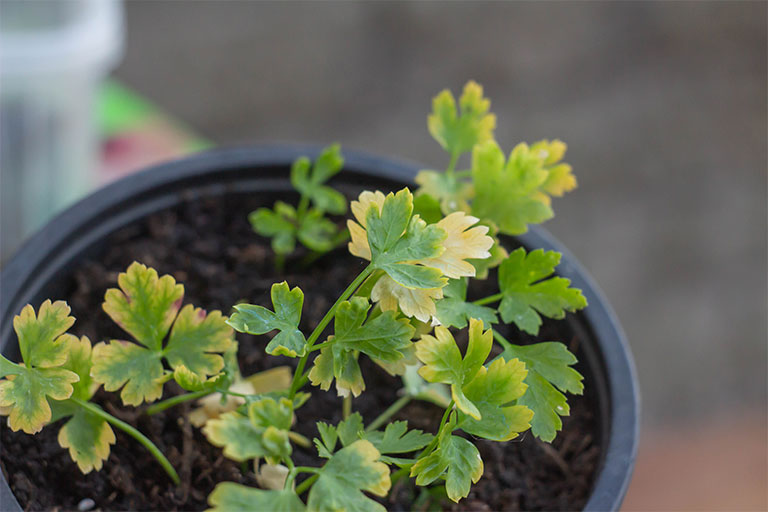
Mycorrhizae fungi and the plant have a symbiotic partnership. It starts when fungal spores sprout and generate microscopic threads, or “hyphae”, that enter the plant’s roots.
Other beneficial microbes, like Mammoth P promote the liberation of nutrients. They work to help plants avoid nutrient lockout by using natural, organic, beneficial bacteria. It works to cycle and unlock nutrients bound in the media, making them more accessible to your plants.

